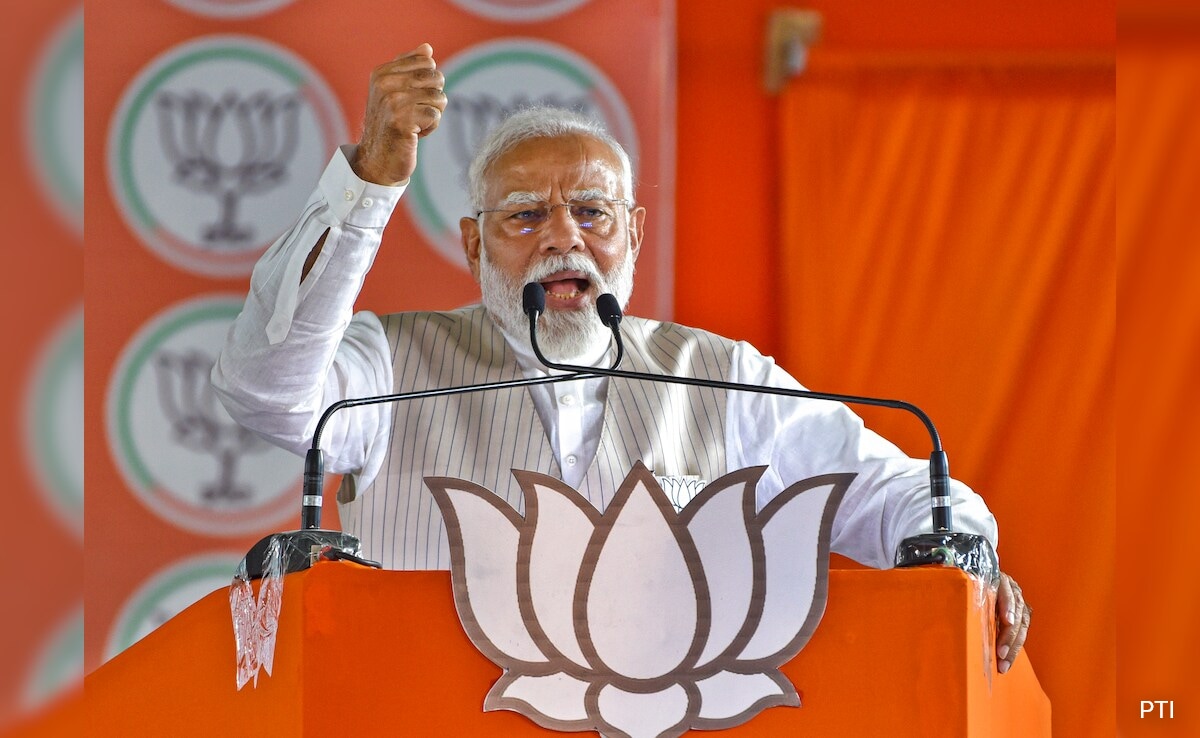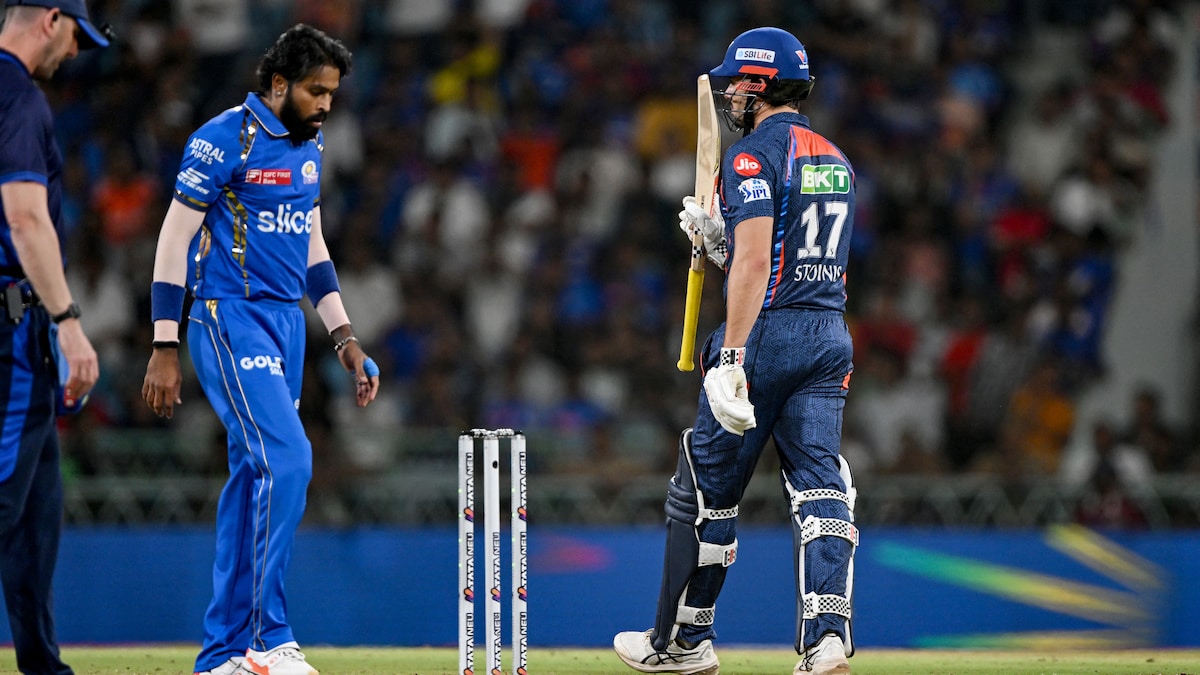
S Somanath says ISRO will conduct unmanned missions this year (File)
Ahmedabad:
The Indian Space Research Organization will continue its Chandrayaan series of lunar probes until the country’s astronauts land on the moon, ISRO Chairman S Somanath said on Wednesday.
In August last year, India’s main space agency’s Chandrayaan-3 spacecraft soft-landed on the lunar surface at the South Pole, making India the first country to achieve this feat.
“Chandrayaan 3 has done a very good job, the data has been collected, and scientific publishing has just begun. Now, we are going to continue the Chandrayaan series until Indians land on the moon. Before that, we have to master a lot of technology, such as going to the moon We are working hard to do that in the next mission,” he told reporters on the sidelines of an event.
Mr. Somnath was in Ahmedabad as the chief guest at a program organized by the Indian Astronautical Society.
Regarding India’s first manned space mission “Gaganyaan”, Somanath said that ISRO will conduct unmanned missions, test vehicle missions and airdrop tests this year.
“The airdrop test will take place on April 24. Then, there will be two more unmanned missions next year and, if all goes well, a manned mission by the end of next year,” the ISRO chairman said.
The Gaganyaan project envisages launching three astronauts into a 400-km orbit for a three-day mission, landing them in Indian waters, and bringing them back safely to Earth, thus demonstrating manned space capabilities.
Regarding ISRO’s newly developed carbon-carbon (CC) nozzle for rocket engines, he said it will increase payload capacity, achieve lightweight and will be installed in the Polar Satellite Launch Vehicle (PSLV).
“This is technology we have wanted to develop over the past many years. Now we have mastered it, built it and then tested it in the engine. It is a carbon-carbon nozzle. It gives us the weight compared to metal advantages, but the weight reduction also allows us to operate at higher temperatures, thereby increasing the efficiency and payload capacity of the engine,” he said.
ISRO, in a press release issued on April 16, announced that it has achieved a breakthrough in rocket engine technology and developed lightweight CC nozzles for rocket engines, improving payload capacity.
The innovation, completed at the space agency’s Vikram Sarabhai Space Centre, is expected to improve the critical parameters of the rocket engine, including thrust level, specific impulse and thrust-to-weight ratio, thereby increasing the payload capacity of the launch vehicle.
(Except for the headline, this story has not been edited by NDTV staff and is published from a syndicated feed.)
wait reply load…
Follow us on Google news ,Twitter , and Join Whatsapp Group of thelocalreport.in
















